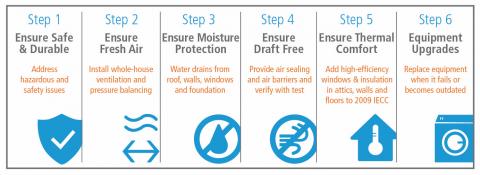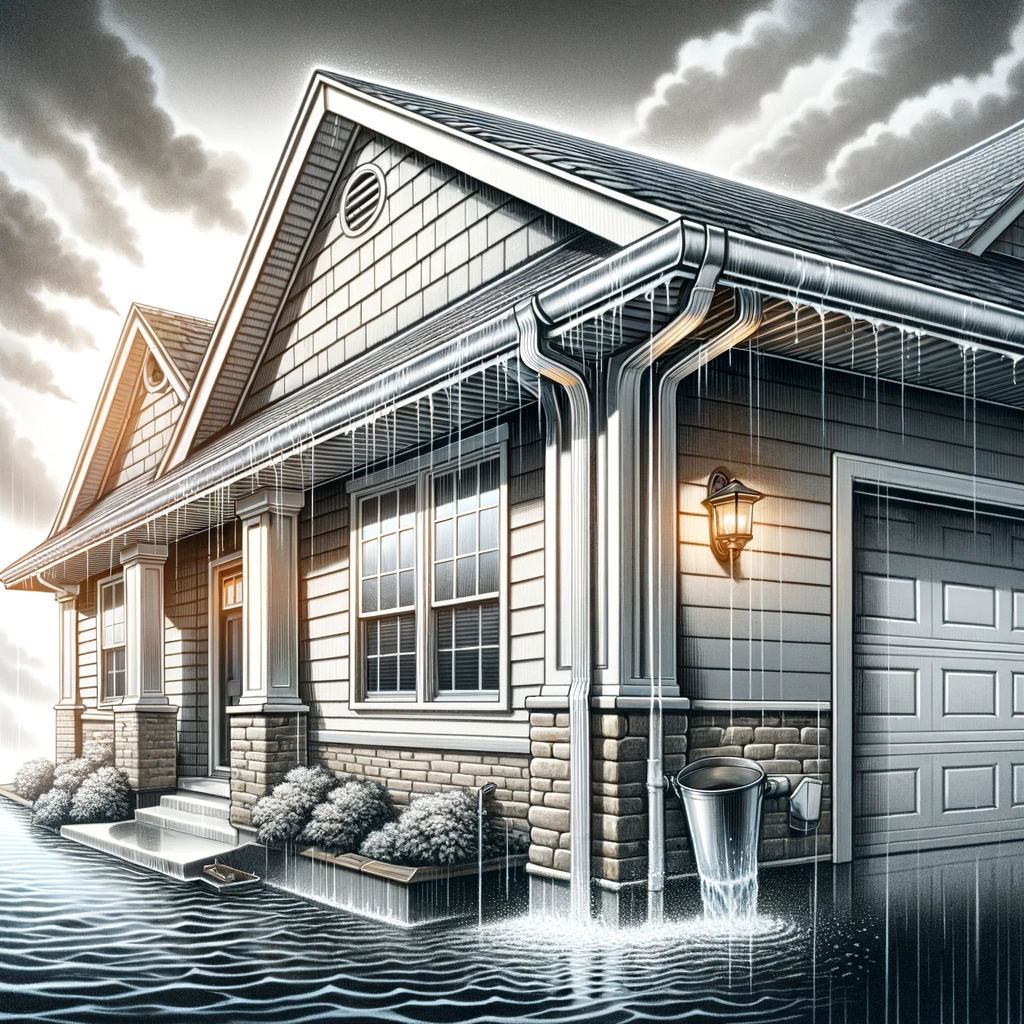Description
The interconnected systems in your home—everything from your HVAC to insulation—impact its overall performance. A whole-house approach to home improvement can not only achieve immediate goals like more space or improved style but also yield long-term benefits in comfort, indoor air quality, and energy savings.
Start by Getting a Home Energy Assessment
Before diving into any home improvement projects, a Home Energy Assessment is the logical first step. Conducted by trained contractors with certifications like Building Performance Institute (BPI) Building Analyst or Residential Energy Services Network (RESNET) Home Energy Rating System (HERS), these assessments evaluate your home’s current performance and suggest ways to improve it.
Plan Your Projects Wisely
When you’re considering home improvements, prioritize projects that solve defects and think of the opportunities each might provide for system interactions and access. Utilize resources like “No Regrets Remodeling: How to Create a Comfortable, Healthy Home that Saves Energy” by Home Energy Magazine to make informed decisions.
Steps to Achieve Optimal Home Performance
Step 1: Ensure Safety and Durability
Conduct a thorough assessment to identify any safety issues or hazardous materials that may affect your proposed improvements.
Step 2: Ensure Fresh Air
Upgrade ventilation systems to improve indoor air quality.
Step 3: Ensure Moisture Protection
Install weather-resistant barriers and flash all penetrations to avoid leaks.
Step 4: Ensure Draft-Free Environment
Create a continuous air barrier to block air leaks and drafts.
Step 5: Ensure Thermal Comfort
Add insulation, correct deficiencies in windows and doors, and insulate ducts to increase comfort and reduce energy costs.
Step 6: Upgrade Equipment
Replace and repair equipment like HVAC systems, keeping long-term costs and comfort in mind.
Applying the Steps to Specific Projects
New Roof Project Example
A reroofing project provides an opportunity for air sealing the attic, upgrading ventilation, and adding insulation. This is the ideal time to also assess and upgrade any equipment located in the attic.
Bathroom Remodel Example
Remodeling a bathroom allows you to upgrade ventilation, add insulation, and improve moisture protection. It’s also an opportunity to replace fixtures with energy-efficient models.
Conclusion
By understanding how your home’s various systems interact, you can implement improvements that offer multiple benefits—improved comfort, safety, and energy savings. Your house is a system, and optimizing that system requires a comprehensive, whole-house approach to improvements.
For more personalized guidance, consult with engineers and local building codes specific to your location. For immediate service or consultation, you may contact us at Allied Emergency Services, INC.
Contact Information:
- Phone: 1-800-792-0212
- Email: Info@AlliedEmergencyServices.com
- Location: Serving Illinois, Wisconsin, and Indiana with a focus on the greater Chicago area.
If you require immediate assistance or have specific questions, our human support is readily available to help you.
Disclaimer: This article is intended for informational purposes only. For professional advice, consult experts in the field










